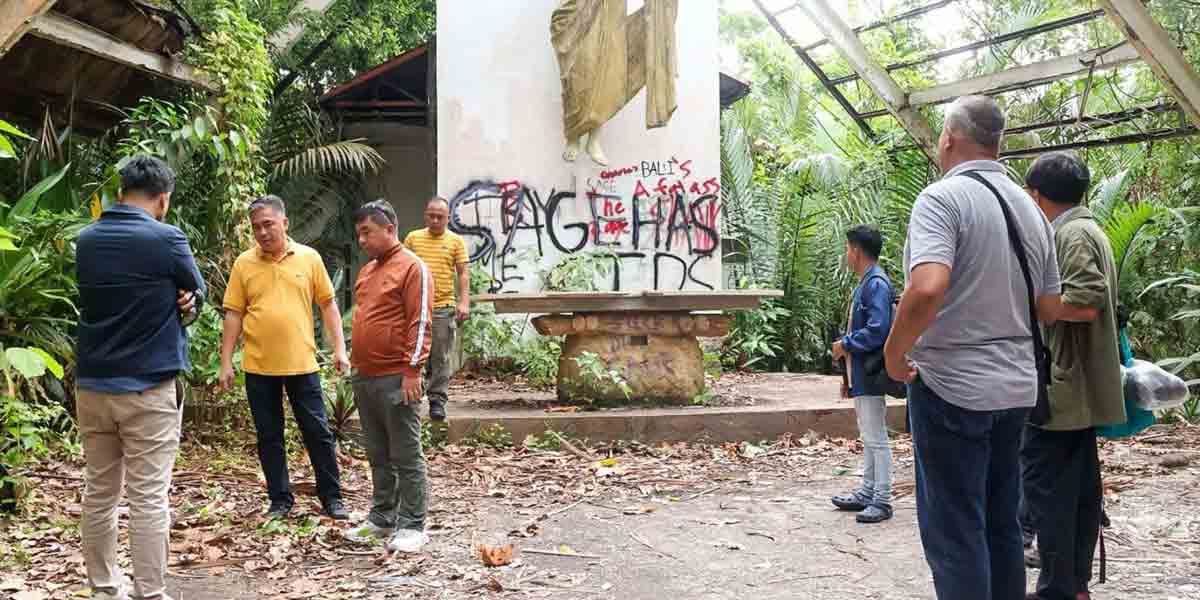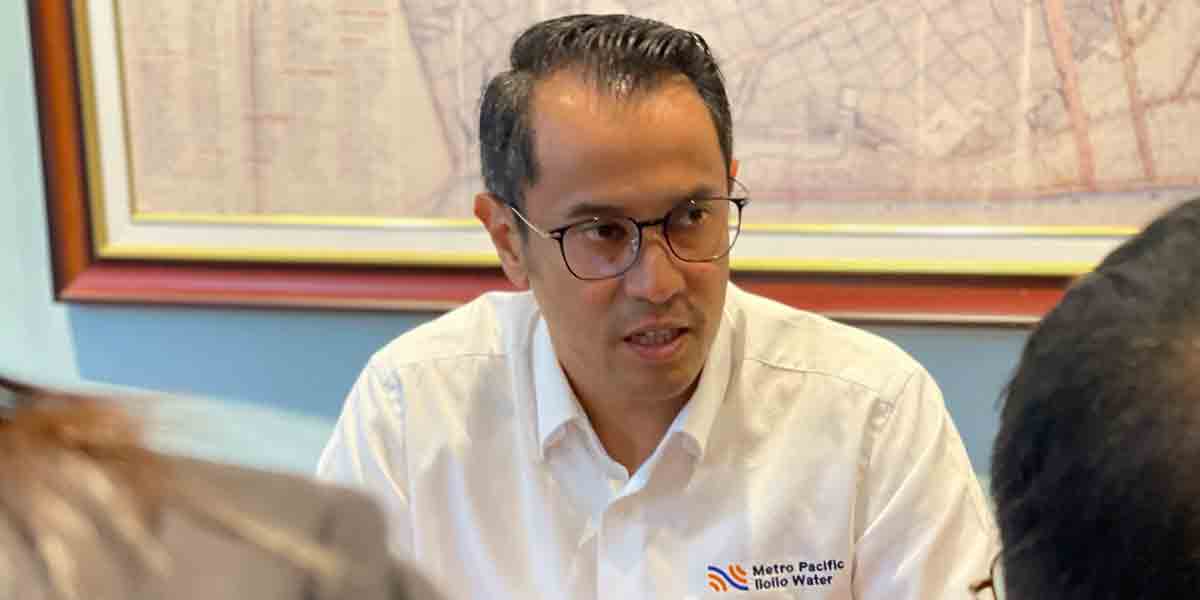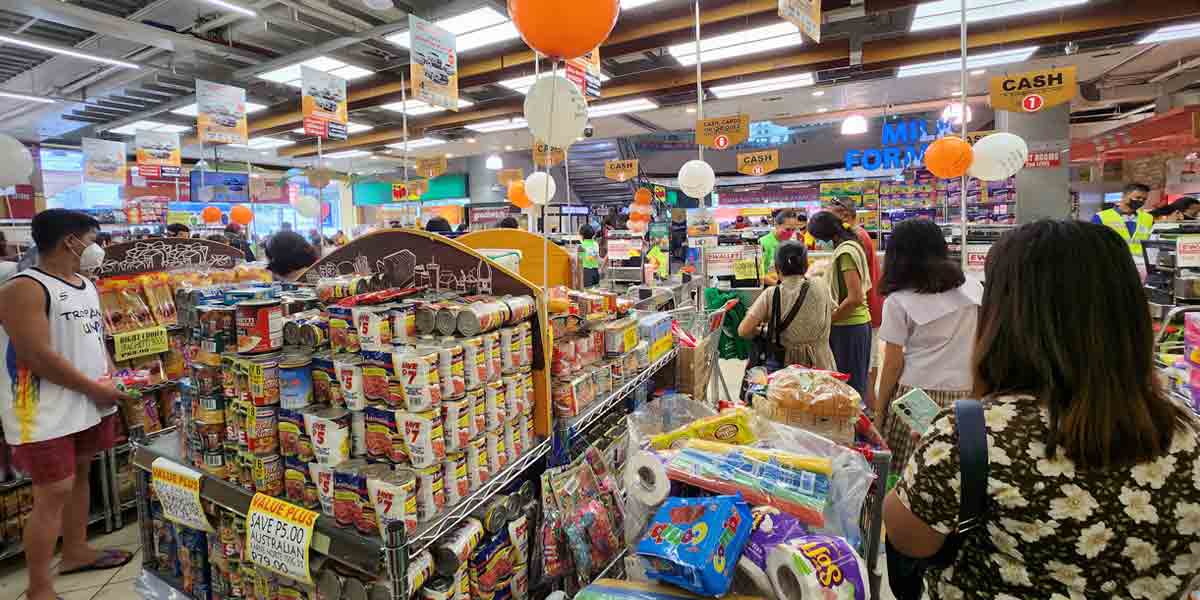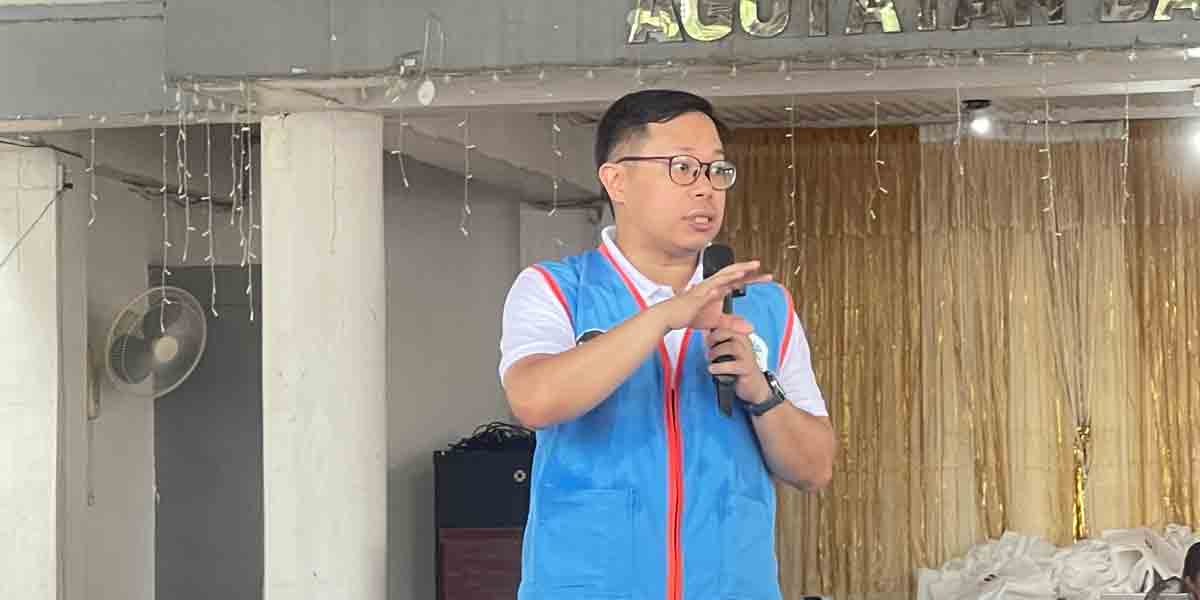By James Jimenez
As an integral part of its commitment to guarantee the accessibility of Philippine elections to all, the COMELEC has recognized that different categories of voters – basically those belonging to the vulnerable sectors – have different needs, requiring that the election management body fine- tune how it delivers its services.
To begin with, COMELEC has taken the effort to formalize its definition of the vulnerable sectors in the context of elections. Thus, the term Indigenous Person (IP), now refers – for COMELEC purposes – to a registered voter who belongs to an Indigenous Cultural Community (ICC).
Senior Citizen (SC) refers to a qualified voter whose age is sixty (60) years or above; while a PWD or a Person with Disability means a voter who, in general, suffers from some long term physical, mental, intellectual, or sensory impairment which may hinder their full and effective participation in the electoral process on an equal basis with others.
In addition, legislative developments in the last decade or so, guaranteeing the right to vote to persons temporarily held in jails, have given rise to the PDL Voter, or a Person Deprived of Liberty, who is a registered voter confined to a jail without having yet been convicted by final judgment.
It is important to note that these categorizations are not empty lip service to the communities they refer to. Far from it. These categorizations of voters have, in fact, been reflected in major structural changes in how the elections themselves are conducted.
Polling Places
Nowhere is this impact more clearly felt than in the matter of polling places. While you and I may have grown up thinking that a Polling Place is simply the classroom where the ACM is located and is thus where the voting and counting are actually conducted, we now have to be aware that there are, in fact, different kinds of polling places.
First of all, there are Accessible Polling Places, called APPs that are essentially polling places for PWDs and SCs. The catch, however, is that even though these APPs were established with them in mind, PWDs and SCs cannot simply show up on election day and expect to be able to use the APP. Under COMELEC rules, PWDs and SCs need to have previously manifested their desire to cast their votes in an APP. Failing that, they can still use Priority Polling Places, or PPPs
PPPs are “rooms or makeshift/ temporary polling places established at the ground floor of a voting center specifically for PWDs and SCs who have chosen not to use the APPs; PWDs who failed to update their voter registration record to reflect their disability; persons who became disabled/ incapacitated temporarily or permanently after the continuing registration of voters ended; and pregnant voters.
Incidentally, Polling Places – including APPs, PPPs, et cetera – are generally located in Voting Centers, which is basically the school in which the classroom polling places are located. Interestingly, not all polling places are situated in a school. The Satellite-Priority Polling Place (S-PPP), for instance, is a PPP temporarily established in a building used as an assisted living facility for Persons with Disability or for Senior Citizens. And a Voting Center that is established for IPs – and located at or near their communities – is called an Accessible Voting Center.
But wait. There’s more.
Special Polling Places
Within a voting center, there is a polling place established for IPs. This is called the Separate Polling Place for Indigenous People (IP-SPP).
There are two classes of IP-SPP, namely the Clustered-Separate Polling Place (C-SPP), which is a clustered precinct that serves a mix of non-IP voters and fewer than 150 Indigenous (IP) voters; and an Exclusive-Separate Polling Place (E-SPP), which is a clustered precinct where 150 or more IP voters are assigned.
To clarify – the difference is in the number of IPs expected to vote: fewer than 150 IP and it’s just a C-SPP; serve 150 or more IP, and you have yourself an E-SPP, which – just like a regular polling place, gets its own ACM.
It is also important to note that a C-SPP must have an adjoining Separate Voting Room (IP-SVR) for IP voters of this clustered precinct.
Inclusion?
While I suppose the vulnerable sectors – particularly PWDs, SCs, and IPs –are ostensibly being benefitted by this alphabet soup of “special facilities,” I admit that I am uncomfortable with the impulse to segregate voters into ever more “exclusive” groups. Promoting separate facilities for the vulnerable sectors under the justification of “ensuring their ease and comfort” might unintentionally be reinforcing the idea that they are fundamentally different and thus “require” separate spaces, when the overarching goal should be integration. This sort of othering seems to simply reinforce divisions between groups.
Or maybe I’m just overthinking it.

























